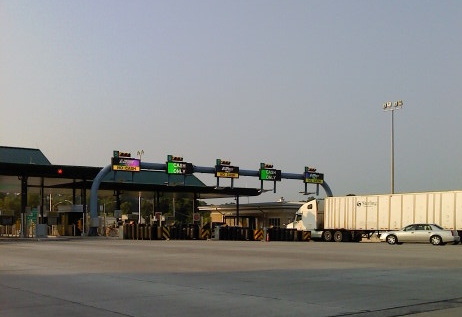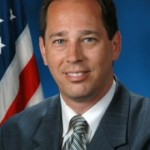2011 Shaping Up to be a Deadly Year for Law Enforcers
It is shaping up to be a deadly year so far for law enforcement officers in the United States. 98 federal, state and local law enforcement officers died in the line of duty in the first six months of the year, including a Berks County Sheriff’s Deputy who was gunned down while serving a warrant.
Craig Floyd, Chairman of the National Law Enforcement Officers Memorial Fund, says that’s a 14% increase over the same period last year. Firearms deaths are up more than 40%, reaching a 20-year high. For the period, firearms deaths surpassed traffic-related deaths, which have been the number one killer of law enforcement officers for the last 13 years. Traffic deaths were down 17% for the first six months.
In Pennsylvania, Berks County Sheriff’s Deputy Kyle Pagerly was shot and killed while serving a warrant in late June. The suspect was killed in an exchange of gunfire. His widow is pregnant with the couple’s first child.
Floyd says often, the firearms deaths occur during an arrest situation when officers are serving a warrant. In the past, he says the suspect might have given up without a confrontation. Today, he says we’re seeing more of these criminals resist with gunfire.
Domestic disturbance calls are also dangerous for law enforcement officers. Floyd says five of the gunfire deaths in the first six months of the year happened during domestic disturbance calls. He says a third of all the criminal assaults and injuries to officers occurred during domestic calls.
Craig says we need to stop slashing the budgets for law enforcement. He says we need to give officers the training, equipment and manpower not only to keep our communities safe, but to keep our protectors safe.
Floyd also believes tougher sentences should be imposed on repeat violent offenders. He says they are responsible for 75% of the violent crime in our nation.
You can see the full report at www.lawmemorial.org .
Honor Guard photo courtesy of the National Law Enforcement Officers Memorial Fund.













